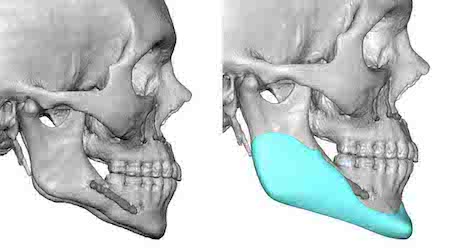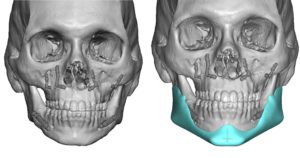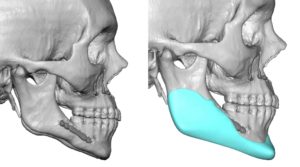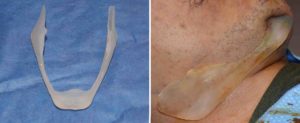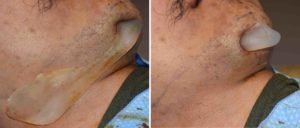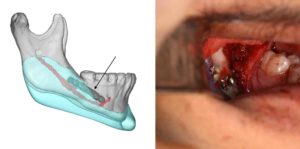Background: Orthognathic surgery, whether it involves one jaw or two, can produce some phenomenal results from an external facial appearance. The more under projected the lower face is, setting the occlusion into the desired position in space can create substantial improvements in the outward facial appearance as the facial bones follow around it.
But despite the substantial facial changes that some orthognathic surgery patients achieve, the operation does have its limitations in some bony dimensions. It is a primarily a horizontally projecting operation with some vertical changes possible in the upper jaw but not very much in the lower jaw. It is also very limited for what it can accomplish in width usually creating little to no width in either the upper or lower jaw in particular.
As a result of these dimensional movement limitations as well as bony changes that are well known to occur around the sagittal split ramus osteotomy site, the lower jaw can remain aesthetically deficient in some patients. Once the bone of the lower jaw has been relocated only augmenting its entire external contour can produce a complementary additional three-dimensional enhancement.
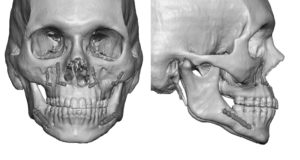
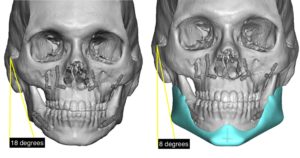
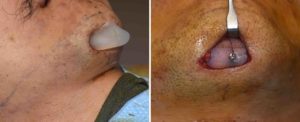
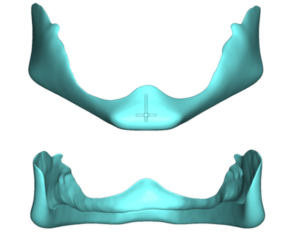
Case Highlights:
1) Orthognathic surgery largely provides horizontal and vertical jawline changes but not width.
2) A custom jawline implant can complement a prior orthognathic surgery procedure by providing increased three-dimensional enhancement of the lower jaw.
3) The existing plates and screws from the mandibular osteotomy can serve as intraoperaive registration for jawline implant placement.
Dr. Barry Eppley
Indianapolis, Indiana

